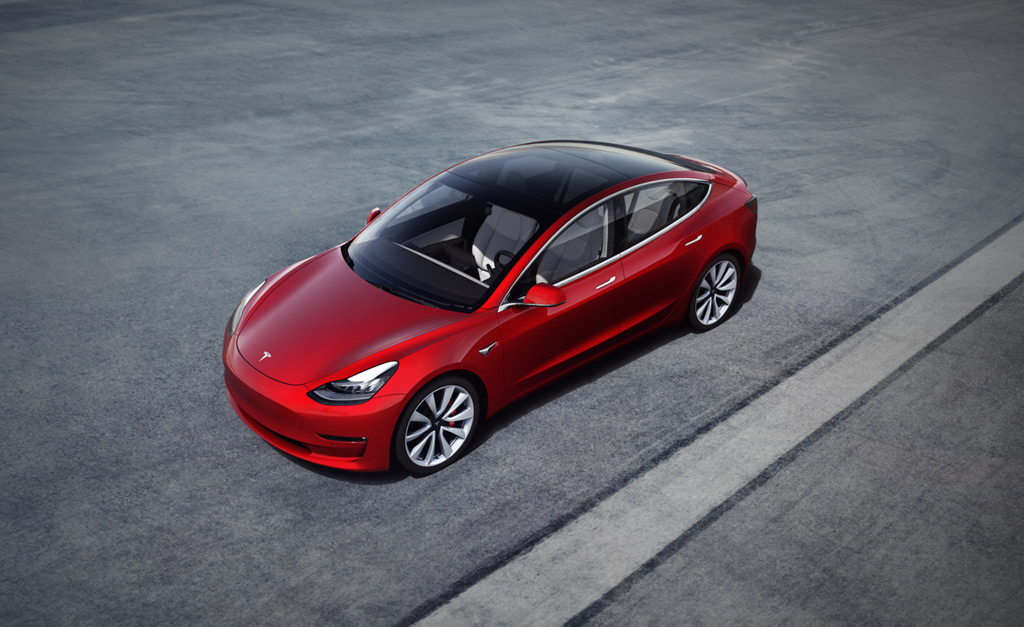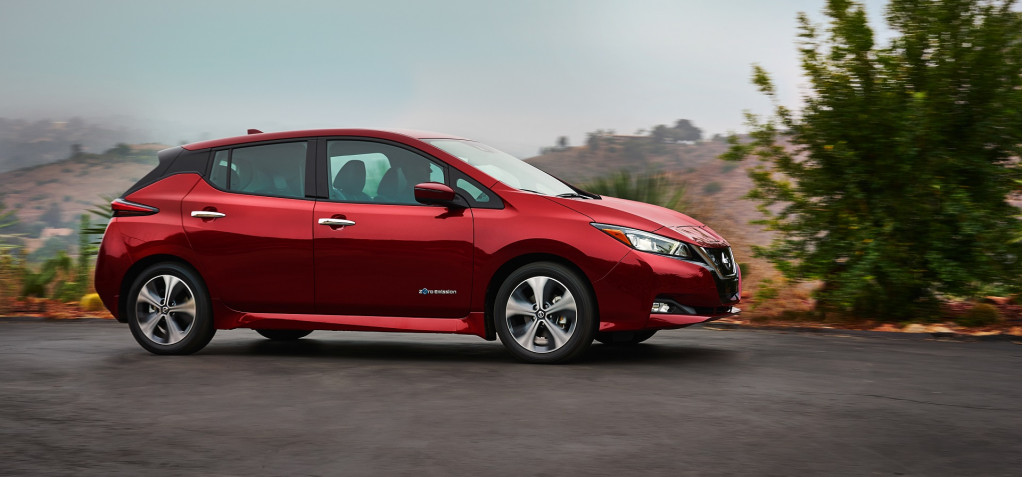Despite a long list of green-car debuts anticipated over the next couple of years, this year hasn't exactly brought a bevy of new electric models. As we wait for the market to blossom with new entries in coming years, we have three strong contenders for this year's top position—our Best Car To Buy 2019.
To qualify for Green Car Reports’ Best Car To Buy, a vehicle must be all-new or substantially updated over the previous model year.
It also had to be widely available in October 2018—or be made fully available to us for testing and evaluation, with near certainty of its arrival by the end of the 2019 model year.
DON'T MISS: Green Car Reports Best Car To Buy 2018: Chrysler Pacifica Hybrid plug-in minivan
While at our site’s 2009 inception it was a little more debatable as to what constituted the greenest car, today it’s electric. No matter how the regulatory future plays out, automakers have already set large-scale plans for electrification in motion, and electric cars are here to stay.
According to the Union of Concerned Scientists’ the average EV today driving on U.S. electricity is equivalent (in greenhouse-gas emissions) to a conventional gasoline model getting 80 mpg. Some regions of the U.S. are lower than that, because of older, less-efficient coal-fired power plants; but that figure is 38 mpg in the region with the dirtiest electricity.

2018 Kia Niro Plug-In Hybrid charging at Crevier BMW, Santa Ana, California, Dec 2017
This year we aimed to include any new plug-in hybrid models that can accommodate a typical round-trip commute with plug-in power from home. So we applied a cutoff of 31.5 miles, based on AAA’s 2016 American Driving Survey. Thus, plug-ins with an EPA-rated 32 miles of plug-in range or more qualify. Unfortunately, there weren’t any new models that did make that distinction; it ruled out the Kia Niro Plug-In Hybrid, which arrived this year but has an EPA-rated 26 miles of electric range.
For testing-logistics reasons we kept a 125-mile minimum for EPA-rated range of electric vehicles—a range that amounts to 100 miles if fast-charged to 80 percent.
Vehicles also needed to be available by order across the Continental U.S. We evaluated this on a case-by-case basis, looking at what executives had said as well as the brand’s previous plug-in efforts.
That leaves the following three models as nominees:

2019 Hyundai Kona Electric
The Hyundai Kona Electric, like the Chevrolet Bolt EV that arrived two years ago, is what many electric-vehicle fans, had been holding out for: a modest, economical tall hatchback or carlike crossover (depending on how you see it) with a long (258-mile) EPA-rated driving range, perky performance, and a suite of thoughtful features.
Hyundai is only delivering this model to California to start—with a few initial deliveries starting in December, and wider availability there in January—but after a few months Hyundai dealerships will also stock them in other CARB-observant states and the automaker says you’ll be able to walk into any U.S. dealership and order one.

2019 Jaguar I-Pace
The Jaguar I-Pace isn’t just the first electric Jag; it’s also the first longer-range electric vehicle that’s widely available from an established luxury brand. With two 197-horsepower electric motors, providing all-wheel drive, a large 90-kwh battery pack mounted low under the passenger floor, and proportions that are quite a bit different than most gasoline vehicles, the I-Pace is the closest challenger to the Tesla Model X (and Model S) yet. EPA-rated range is 234 miles.
Jaguar delivered its first U.S. I-Pace last month, and deliveries are now ongoing. The I-Pace is available at all of Jaguar’s U.S. dealerships.

2018 Tesla Model 3
The Tesla Model 3 is the third nominee that made the cut. It met all the qualifications last year, as it had supposedly been in production for several months at that point; but with very few delivered by October and repeated requests for a test car denied, we had to rule it out.
Despite the slow ramp-up and “production hell,” Tesla’s mass-production, rear- or all-wheel-drive compact sporty sedan deserves another chance this year. Cumulative deliveries of the Model 3 passed 100,000 in October, and the California carmaker has begun building a $46,000 Mid-Range version and aims for the much-anticipated, $35,000 Standard Range version next March or so. The Model 3 is available throughout the U.S.; Tesla uses third-party delivery companies in states where the company’s brick-and-mortar stores aren’t permitted.
Tesla has continued to deny or postpone requests for an official Model 3 test car; we’ll update you soon about our workaround. Given the Model 3's importance in this field, its excellent efficiency, futuristic interface, and complementary charging network—and the recognition that we're evaluating the car, not the company—it had to be here.

2018 Nissan Leaf
We expected one other model, a substantially sportier, long-range version of the Nissan Leaf, to be included in this year’s list of contenders. But Nissan hasn’t yet revealed official details or a firm timeline for this version, expected to have a range of well over 200 miles, 100-kw DC fast charging, and a price closer to the Bolt EV.
The staff of Green Car Reports involved in reviewing vehicles gathers each year at an undisclosed location to assess finalists and their green credentials. That includes plenty of discussion about priorities—like charging convenience, or lifetime environmental footprint.
We’ll bring you news of the winner next week. In the meantime, look for detailed posts on the nominees plus some additional backstory.













